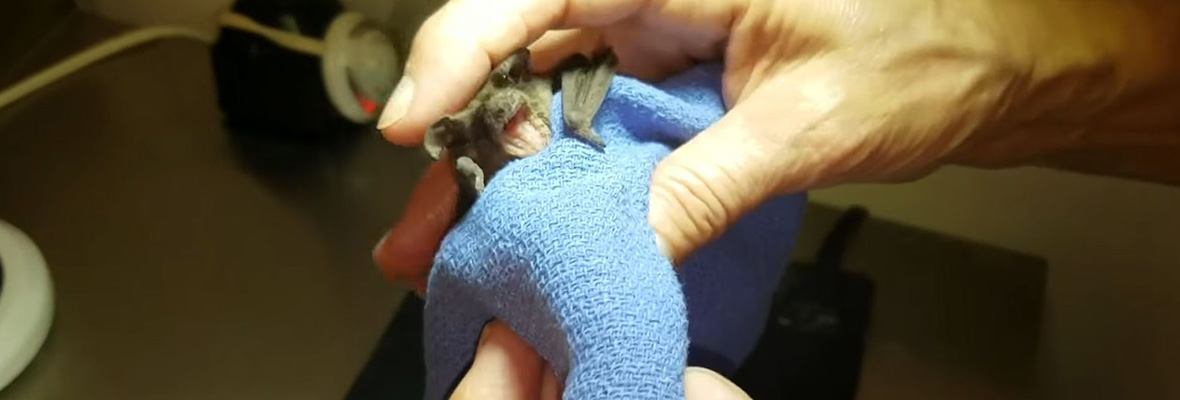What Do Sick Bats Look Like?
Sick bats are often kicked right out of the roost, leaving them vulnerable and potentially even immobile, and this can lead to human or pet-bat interactions during the day. To see a bat during the day at all would be very odd because they are nocturnal animals – they come out during the day and they sleep during the night. Bats do not like bright light, nor do they like the noise and general business that comes with daylight life.
If you see a bat that is out during the day, you should assume that it is sick. Common reasons for a bat to be kicked from the nest and, therefore, on the floor or around during the day, include rabies, white-nose syndrome, and perhaps even poisoning. The rest of the roost will not run the risk that the sick bat can make the rest of them sick, especially if they are nursing young pups.

Sick bats will change depending on the disease from which they are suffering, but these symptoms can also depend very much on the timeline of the disease itself. Rabies, for example, can be invisible almost for many days, weeks, and potentially even longer than that, before it then decides to take hold of the body and display symptoms.
Just like humans, sick bats will feel generally under the weather; this means that they will act differently – in general – than how they usually would. This is displayed by rabid or sick bats being seen out of the roost, during daylight hours. Rabid bats – bats with the rabies virus – will have no fear of humans, or very little fear. Again, this is incredibly unusual because bats will do whatever they can to avoid coming anywhere close to humans in any other scenario.
Sick bats will display a vast array of symptoms, or none at all. It all depends on the condition the bat is believed to be suffering from, and also the timeline of events. If the infection is a relatively new one, the bat might not even display physical symptoms at all.
Go back to the Bat Removal home page or email us for more info about What Do Sick Bats Look Like?

